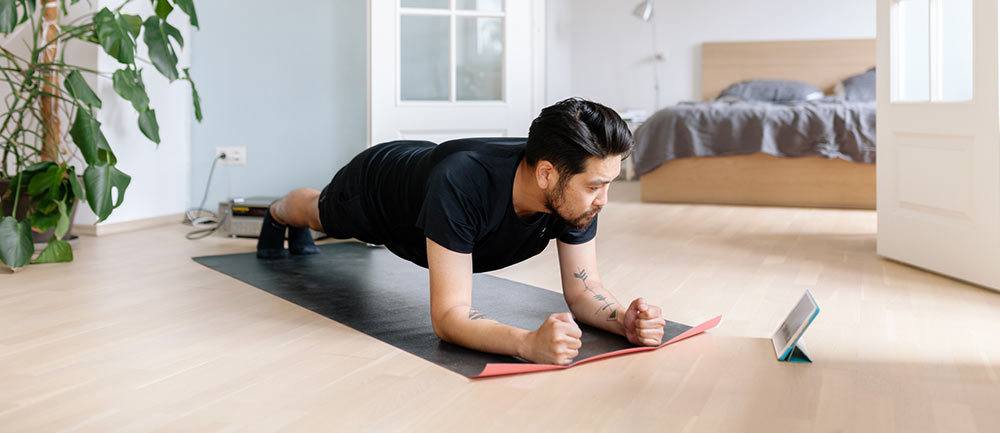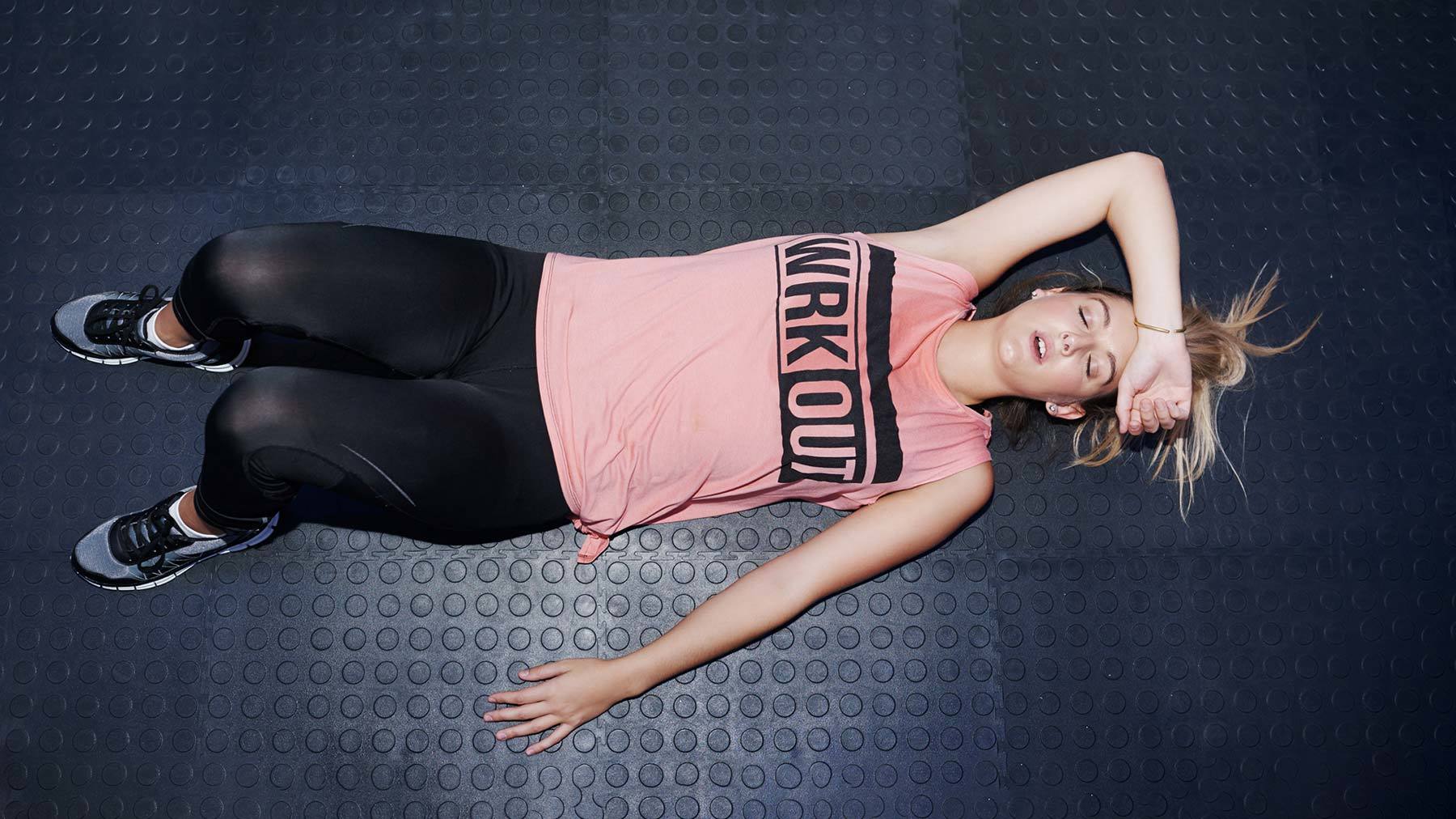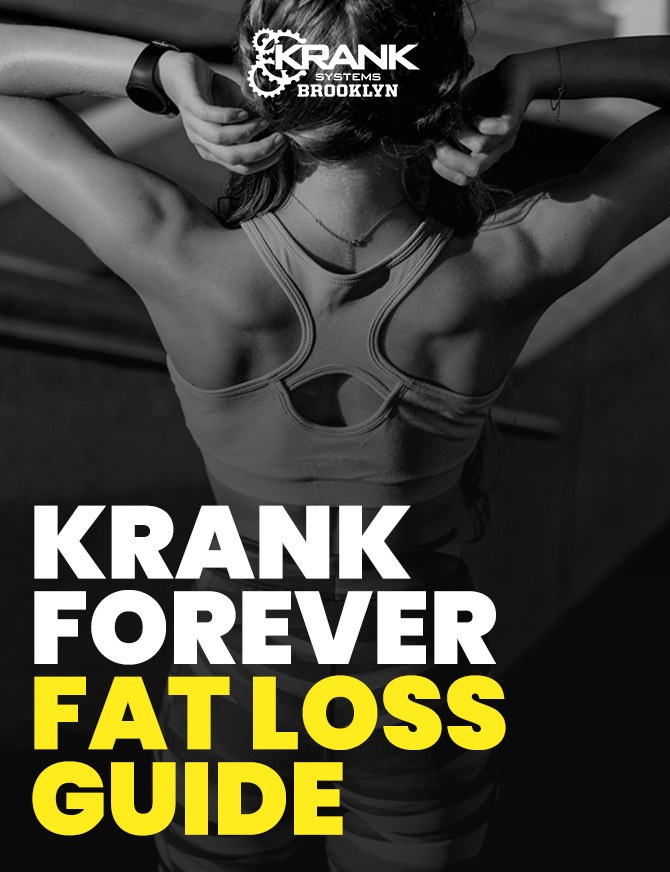Are you spending hours in the gym for very little gain?
Not getting the results you expected after pounding it out on the treadmill?
You’re not alone. Many people believe that they have to spend hours working out to get maximum results. After all, we’re often told that if something is good for us that a lot more of it will be even better. But that’s not always the case.
Do you often see the phrase “epic workout” when you scroll through your social media feeds?
How many times do you see people boasting about how long their run was or how many extra reps they did?
But the truth is, in many cases, that just because a workout’s duration is two hours+ doesn’t necessarily make it more effective than a focused 30-minute workout.
Does the length of your workout matter? In this article, we’ll be analyzing just that! We’ll look at some of the principles of training and how to get the most out of every workout.
So, How Long Should You Work Out For?
As you might have guessed from reading the intro, there is no immediate answer to this question. The ideal workout length for you will depend on a number of factors, including:
- Your goals – set by you or a personal trainer
- Age and fitness levels
- Training experience
- Your training approach; for example, whole-body vs body-part split, straight sets vs supersets, upper/lower vs bro split, etc.
- How much time you can devote to training
- Amount of workout time you waste. Come on, you know what we’re talking about; checking social media, hanging out at the smoothie bar, snapping selfies, checking your stats on fitness apps. We all do it!
- How crowded the gym is and how long you’re waiting for equipment
Let’s Look at a Scenario
To cut a long story short, there are a number of factors that come into play when determining the perfect length of a workout. For example, let’s say two lifters complete a workout over two hours. Lifter A is your average Joe who hits the gym a few times a week to get fit. He takes 10-minute breaks between sets, chats with a few of his buddies and checks his Instagram. Lifter B is an elite powerlifter whose training regime involves heavy triples. He takes longer rest periods to let his muscles recover between sets but then gets straight into the next set, totally focused.
The main difference between these two scenarios is that Lifter B focused on finding his upper limit, the place where his muscles would be stimulated the most to grow bigger and stronger. Whereas, Lifter A likes to work out and socialize with his friends in equal amounts. There is nothing wrong with either approach, but Lifter B is likely to get the best results from his workout.
What About Cortisol?
When you pass the 45-minute mark or so on your workout, cortisol levels start to increase in your body. Cortisol is a stress hormone that is responsible for regulating energy in the body and ensuring you have enough to function. As cortisol levels increase in your workout, they can start to signal to the body that it needs to use muscle protein as an energy source. Not good. This could potentially wipe out any positive effects of your workout. The exact timeframe when cortisol overproduction begins will depend on the intensity of your workout.
The Risk of Overreaching and Overtraining
When you train too hard without allowing your muscles the time they need to recover, this can cause what is known as overreaching. This involves the body effectively shutting down to protect itself from being overloaded with stress. Imagine the feel of post-workout fatigue and now imagine it not going away. Common symptoms of overreaching include lack of strength, premature fatigue, elevated resting heart rate and lethargy.
The good news is that overreaching doesn’t last for too long as long as you allow your body time to recover. If you keep on trying to push through, you could be at risk of overtraining and this can take weeks and even months to recover from.
Train Smarter Not For Longer
Whether you choose HIIT training sessions, resistance training or weight training, focus on getting as much quality out of your workout as you can. There are a number of ways you can do this and which you choose will depend on the type of training you do:
- If you are looking to burn unwanted body fat and lose weight, aim for 1-2 hours of cardio every week. Ideally, spread this out across the week with 20-30 minute HIIT sessions making sure that you factor in a rest day.
- If you want to build muscle and improve your body composition, aim to lift heavy weights 3-4 times a week, totaling around 4-5 hours. Focus on technique and form, reps and rest.
- Rest days are really important as they allow your muscles to recover and reduce your chances of suffering from burnout and injury.

Have a Plan
The best way to maximize your workouts is by following a customized program that takes into account your fitness levels, goals, time available to train, any injuries and includes ways to keep you motivated and accountable.
A personal trainer can help you to get the most from your workouts and ensure that you workout for a duration that brings optimal results. They will also give you personalized feedback on every session, helping you to perform better, perfect technique and make every workout count. They’ll also keep you on your toes, so if you want them to call you out when you stop to check your phone or chat with your buddies, they will!





